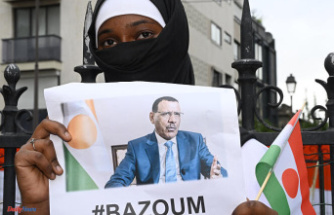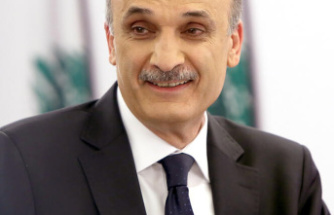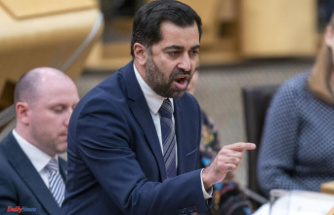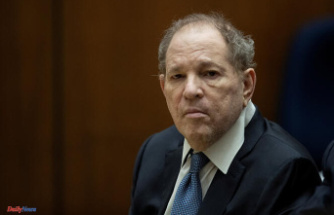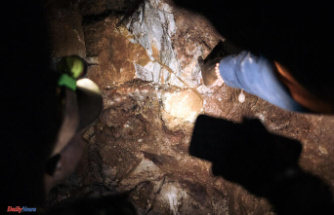Attacks on the media by President Donald Trump and his aides are so frequent that they blur together. But not all attacks are the same.
Some, such as the "opposition party" label applied by White House chief strategist Stephen Bannon, are aimed at the entire mainstream media. Others target certain news outlets, such as the "failing" New York Times and "fake news" CNN. Still others zero in on individual journalists.
What almost all of them have in common is a lack of specifics. When Trump rails against a news report, he prefers generic insults such as "dishonest" over a fact-based rebuttal. When he retweets a message calling Megyn Kelly a "bimbo" or mocks "little" Katy Tur during a campaign rally, he is simply hurling schoolyard taunts, devoid of supporting evidence.
So it was notable that when the Trump White House went after Politico reporter Alex Isenstadt on Sunday, it took the unusual step of leveling a precise charge: Isenstadt, according to "one informed official" quoted by the Washington Examiner, laughed about the death of a Navy SEAL during a conversation with White House press secretary Sean Spicer.
Politico fired back at what it called a "patently false characterization of the conversation." Isenstadt declined to discuss the episode further, and the Examiner reporter who agreed to publish the claim, Paul Bedard, turned down an interview request.
The attempt to besmirch Isenstadt's character through an anonymous anecdote represents some of the first evidence that Trump's team might attempt to damage reporters' reputations by collecting and disseminating (and perhaps twisting) information about their conduct. April Ryan, a White House correspondent for the American Urban Radio Networks, reported two weeks ago that Omarosa Manigault, a White House communications aide, claimed to have compiled dossiers on certain journalists.
Spicer later denied the existence of such files, but Manigault did record a conversation with Ryan, without Ryan's knowledge, and shared it with some other reporters in an effort to undermine the veteran journalist.
Also, at one point during the campaign, Trump campaign manager Kellyanne Conway indicated in an interview on MSNBC that aides monitor reporters' tweets and track how often those tweets convey negative information about Trump.
"Ninety-two percent of one of them — I have them all on my desk. We printed them all out," Conway said. "Ninety-two percent of at least two of our embeds' tweets are negative towards Donald Trump. Why are they on our campaign plane?"
Ryan told the Washington Post that she felt intimidated by Manigault, and that may be the point — to make journalists believe that the White House is watching them and is willing to spread harmful information about them. In Isenstadt's case, the idea was to suggest that he is a heartless human being who thinks the death of an American hero is funny.
Our editors found this article on this site using Google and regenerated it for our readers.


